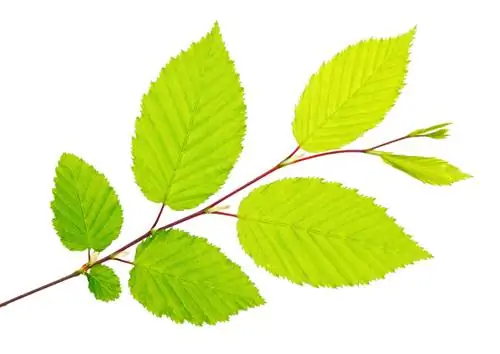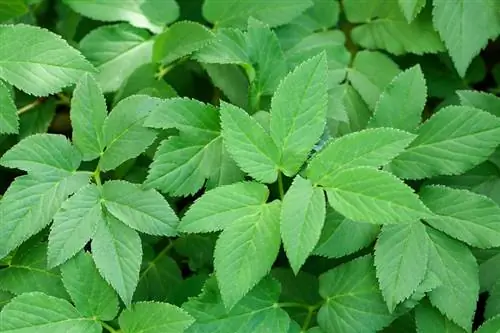- Author admin [email protected].
- Public 2023-12-16 16:46.
- Last modified 2025-01-23 11:20.
End the gardening year with colorful carpets of flowers. When they bloom from August to October, autumn crocus delights with decorative flowers that, at first glance, do not differ from crocus flowers. In fact, a mix-up can be fatal. Read why this is so here. How to recognize an autumn crocus.

What are the differences between autumn crocus and crocus?
The autumn crocus differs from the crocus in that it has 6 stamens (instead of 3) and its larger bulbous bulbs. It belongs to the lily family and contains the highly toxic alkaloid colchicine, which is why it is also known as the poison crocus.
Poisonous beauty with crocus-like flowers
The autumn crocus belongs to the lily family (Liliales), while the crocus is assigned to the irises (Iridaceae). There is therefore no botanical relationship. The vernacular aptly calls the autumn crocus the poisonous crocus because the plant is extremely poisonous. All parts contain the highly toxic alkaloid colchicine, which, even in small quantities, causes severe symptoms of poisoning and even death. You can recognize an autumn crocus by these attributes:
- 6 stamens, instead of 3 for the crocus
- Onion bulbs are more than twice the size of crocus bulbs
When the spring-blooming crocuses appear in the garden, the flowers of autumn crocuses have long since transformed into small fruit capsules. There is therefore a risk of confusion primarily with autumn crocuses, such as the magnificent crocus (Crocus speciosus).






